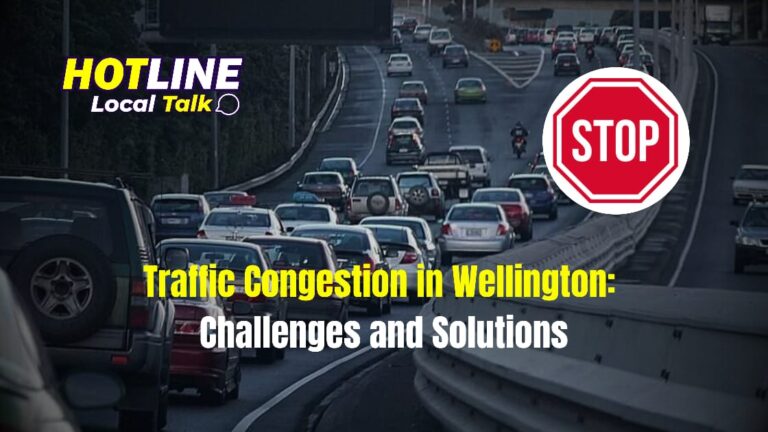Wellington, the capital of New Zealand, has long faced significant challenges with traffic congestion, especially during peak travel hours. As the city grows in population and economic activity, its infrastructure has struggled to keep pace, leading to frequent bottlenecks that frustrate daily commuters. This article explores the key causes of traffic congestion in Wellington, the challenges it presents, and the strategic initiatives underway to address the issue.
Causes of Traffic Congestion in Wellington
Wellington is renowned for its compact layout, but this same feature contributes to its severe traffic congestion. The city ranks as New Zealand’s second-most congested, just behind Auckland. During peak hours, trips into the Central Business District (CBD) can take up to 70% longer than during off-peak periods.
The city’s geographical constraints — such as its hilly terrain and coastal setting — limit the space available for road expansion. Key traffic chokepoints, including the Basin Reserve and the Mt Victoria Tunnel, frequently become heavily congested. With thousands of vehicles funnelling through these narrow passages daily, traffic gridlock is a common occurrence, making commuting a frustrating experience for residents.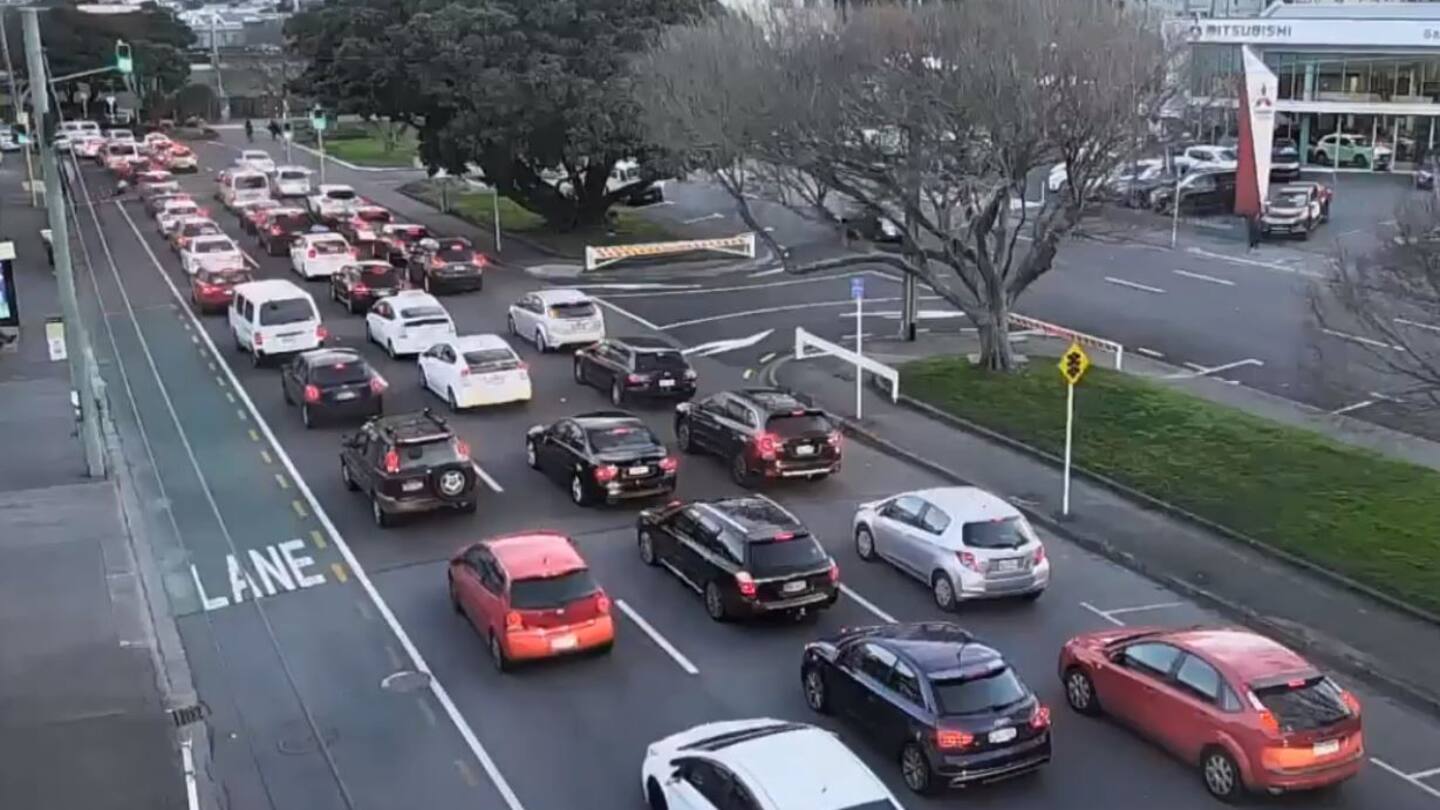
Current Challenges
Wellington’s infrastructure, particularly its transport system, has not kept up with the city’s growing needs. The single-lane Mt Victoria Tunnel, built in 1931, is a prime example of outdated infrastructure that is no longer able to handle modern traffic volumes. Moreover, public transport, though heavily used, is often not a viable alternative for many due to its limited capacity and inefficiencies.
Wellington’s limited road space further complicates efforts to address congestion. Expanding existing roads is often impossible due to the city’s unique landscape, leaving traffic bottlenecks as a persistent problem. As a result, rush hour gridlock is a daily reality for thousands of commuters.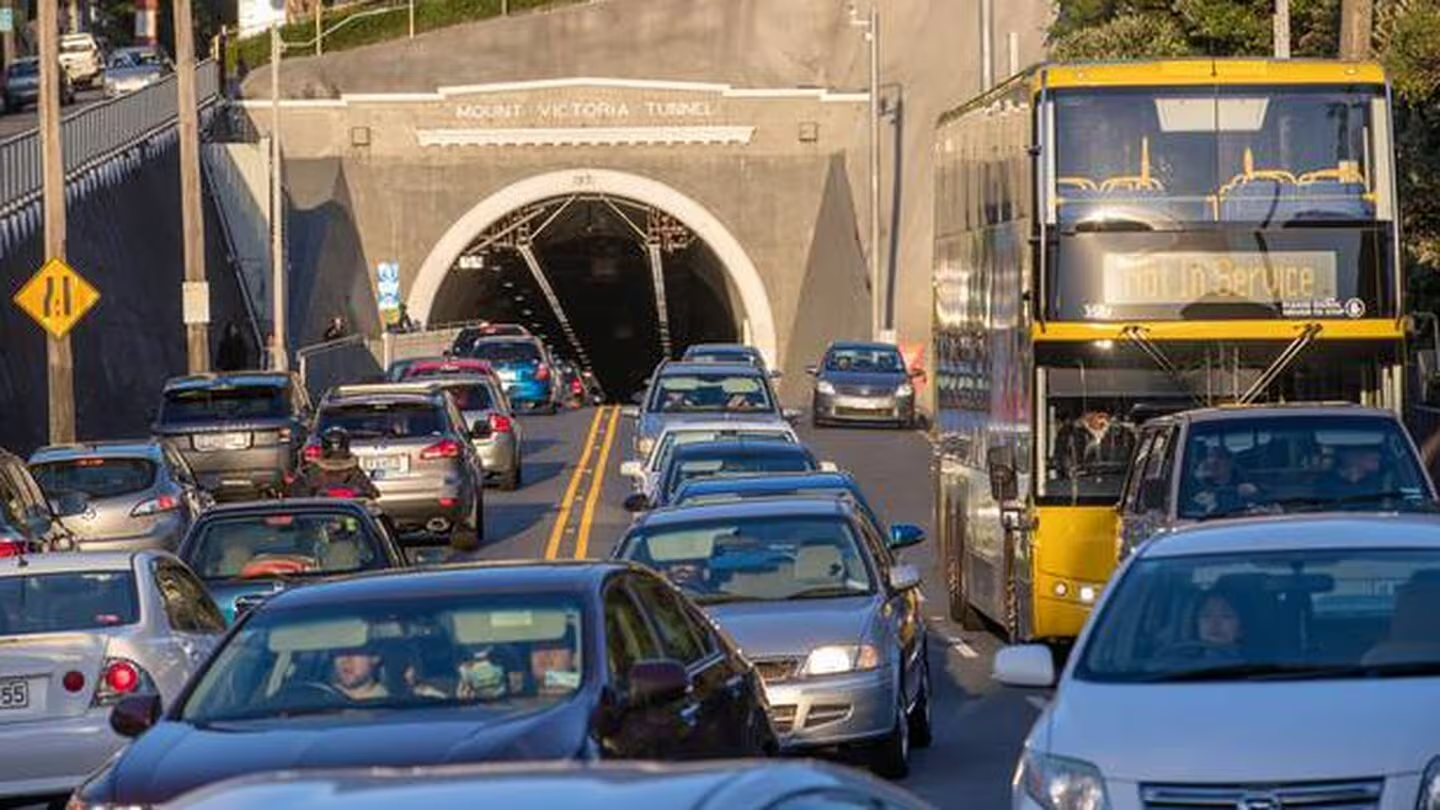
Proposed Solutions
To tackle these congestion issues, the city has launched several ambitious initiatives. One of the most significant is the Let’s Get Wellington Moving (LGWM) project, a multi-billion-dollar plan aimed at transforming the city’s transport infrastructure. This initiative includes key proposals such as the construction of a second Mt Victoria Tunnel, upgrading State Highway 1, and developing rapid transit systems. These measures are expected to improve traffic flow while also promoting sustainable transport modes like cycling and public transport.
Another innovative solution under consideration is the construction of a “Long Tunnel” for State Highway 1, which could reduce travel times to Wellington Airport by up to 15 minutes. This tunnel would not only ease pressure on existing road networks but also allow for more efficient urban planning by freeing up surface-level road space for public transport and pedestrian use.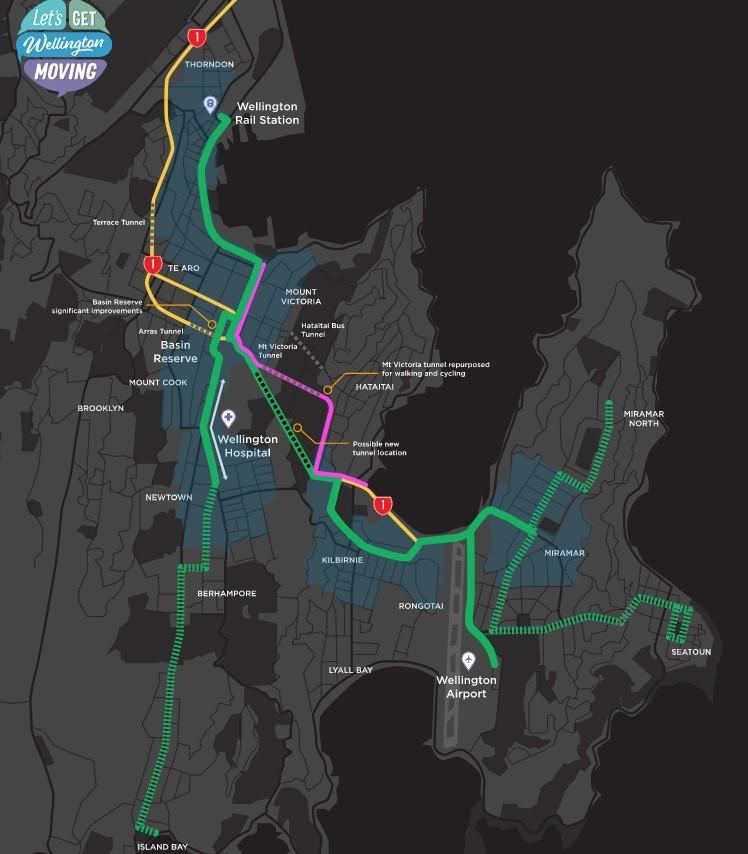
Congestion Charging Proposal
In addition to infrastructure improvements, the city is exploring the introduction of congestion charges. Under this system, vehicles entering the CBD during peak hours would be subject to a fee. This policy is intended to reduce the number of cars on the road during high-traffic times, encouraging drivers to either change their travel times or switch to public transport.
The introduction of congestion charging could play a vital role in reducing Wellington’s carbon emissions, aligning with the city’s sustainability goals. The revenue generated from these charges could also be reinvested into improving public transport services, further enhancing the city’s overall transport network.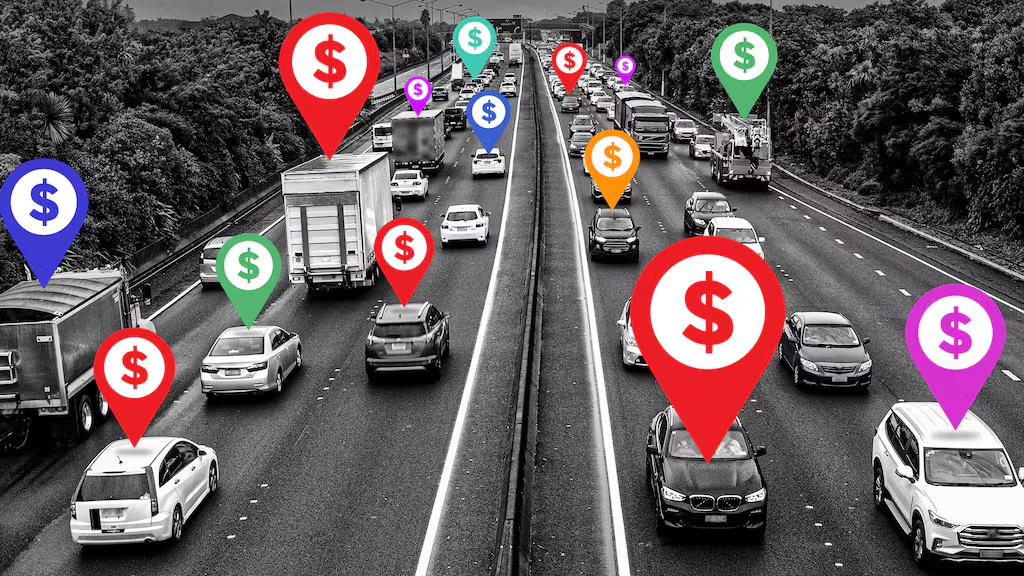
Conclusion
Wellington’s traffic congestion remains a major challenge, with significant impacts on daily commuting and the city’s overall productivity. However, with initiatives like Let’s Get Wellington Moving, the Long Tunnel proposal, and the potential introduction of congestion charges, the city is making strides towards creating a more efficient and sustainable transport system. These projects, if implemented effectively, will not only reduce traffic congestion but also improve quality of life for Wellington’s residents by fostering a more connected and environmentally friendly city.
As the city continues to grow, the successful implementation of these strategies will be crucial to ensuring that Wellington remains a livable and vibrant capital.
CONTRIBUTE
Have stories, yarns, mad scoops, or community news to share. We often pay for awesome content and life shattering stories. What have you witnessed?


